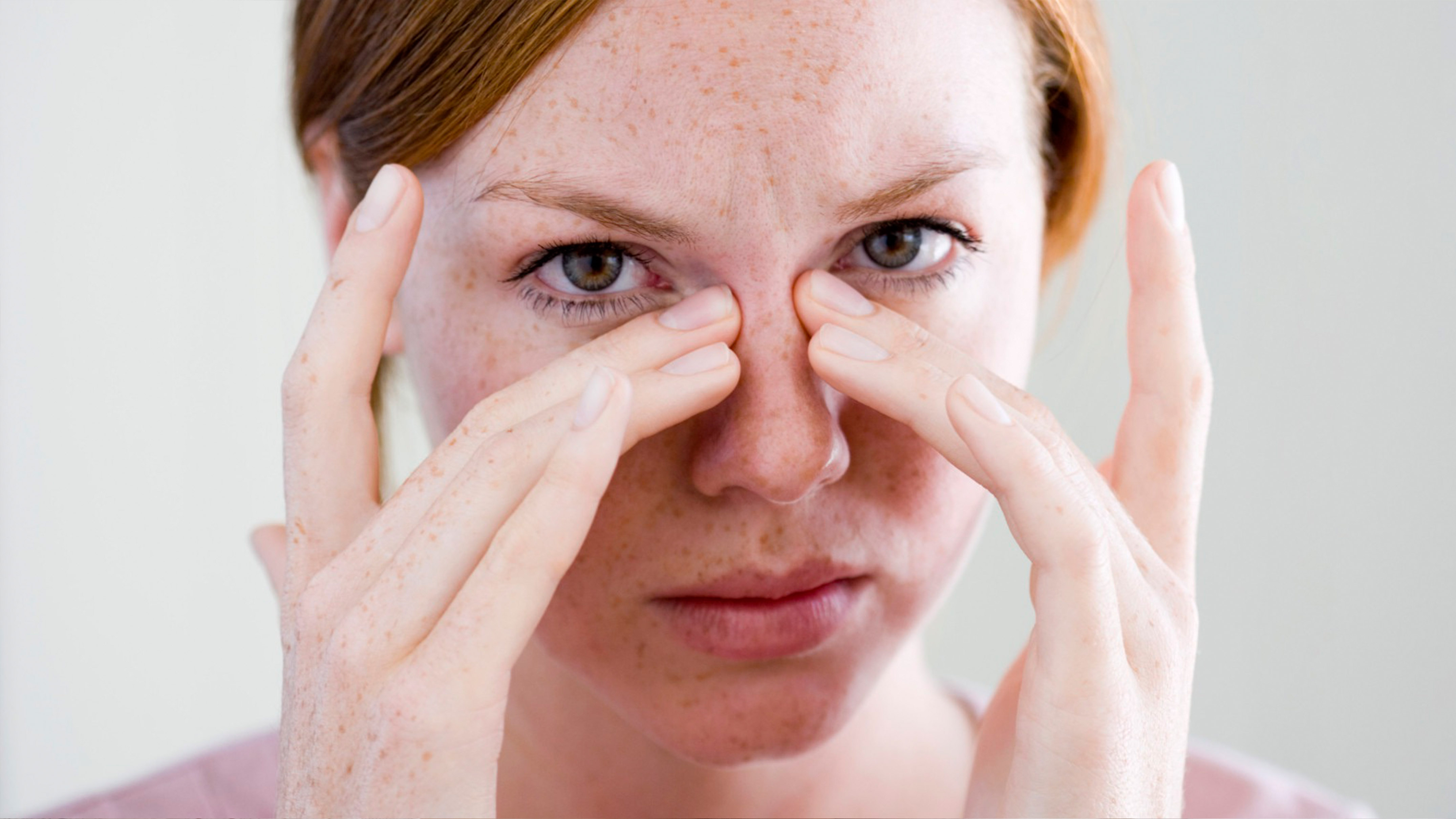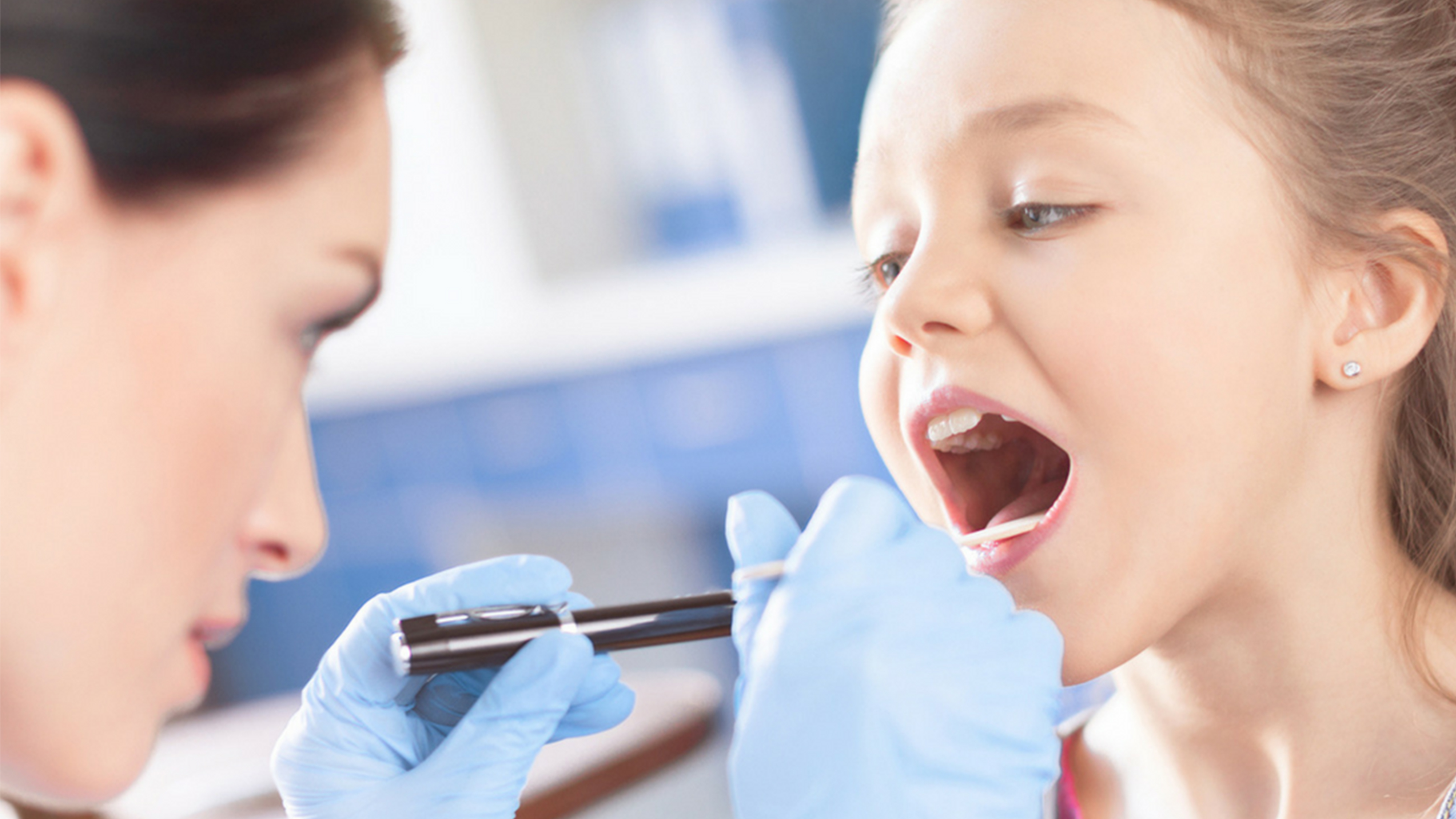Nowadays in Western Countries the use of cocaine by inhalation is increasing and its use is superseding heroin in rising generation. Young people of third millennium use narcotics to keep them away from negative conditions of daily life and to refuge themselves in “unreal” trips as it happened in the ‘60s and ‘70s for heroin addicted.
Today, on the contrary, people addicted to cocaine want to be more competitive and “winner” and believe that cocaine can help them to reach this goal. 104 patients have been observed for 2 years, aged between 16 and 54, (75 male and 29 female), all habitual inhaling cocaine users (≥10 times per month). Among them, 11 (10.5%) had nasal septal perforation, which is a frequent complication related to cocaine use. Amomg these 11 patients, 8 patients (72.7%) had nasal septal perforation of the quadrangular cartilage, while fot the other 3 (27.3%) the perforation involved also the bony tract (vomer-perpendicular ethmoidal lamina).
Psychological analysis of all 104 patients reported: 62 patients (59.6%) answered that they inhaled cocaine to improve endurance and to feel stronger and less tired; 34 patients (32.7%) to enjoy themselves more during parties and to communicate more effectively with other people; 5 patients (4.8%) to gain confidence and to overcome their shyness, 2 patients (1.9%) to improve their sexual performance and 1 patients (1%) to drink more alcoholic drinks for longer time without feeling sleepy. All the patients have been undergone a psychotherapeutic treatment, but the swinging compliance and constancy in following the scheduled follow-up visits consented to carry through the therapy only for 16 patients (15.3%). All the patients with nasal septal perforation underwent at T0 to rhino-endoscopy with 0°, 45° endoscopes, CT scan of nose and paranasal sinuses and biopsy. At the moment of the observational period none of the 11 patients who presented nasal septal perforation consented to stop abuse of cocaine; therefore a temporary solution has been offered all the patients (accepted by 3 of them), i.e. the positioning of a silicone button to close the perforation and, so, improve the air flux in the nose and reduce the progression of local necrosis. Is described the positioning under local anaesthesia together with the button of two layer per septal side of hyaluronic acid at different level of esterification, kept in site by the button as a “sandwich” in order to obtain a better re-grow of mucosa and less crusts and bleeding
RIASSUNTO
L’uso della cocaina è oggi in crescente aumento ed il suo utilizzo sta soppiantando l’assunzione dell’eroina nelle nuove generazioni. I giovani del terzo millennio si servono delle sostanze stupefacenti per sfuggire alla realtà quotidiana, per rifugiarsi in viaggi “ irreali” come avveniva negli anni ‘60 e ‘70 per coloro che utilizzavano l’eroina, ma al contrario di allora lo scopo oggi prefisso è di essere più competitivi e “vincenti”, e ritengono che la cocaina possa “aiutarli” a questo scopo. Per un periodo di 2 anni sono stati osservati 104 pazienti di età compresa tra i 16- 54 anni, 75 maschi e 29 femmine, tutti consumatori abituali di cocaina (almeno 10 volte/mese). Tra di essi 11 (10.5%) presentavano perforazione del setto nasale che come è noto rappresenta una frequente complicazione dell’uso della cocaina. In 8 pazienti (72.7%) la perforazione del setto interessava solo la cartilagine quadrangolare del setto mentre nei restanti 3 casi (27.3%) era anche coinvolto il tratto osseo del setto (vomere-lamina perpendicolare etmoidale). E’ stato effettuato uno studio psicologico sui pazienti circa le motivazioni che li inducevano all’utilizzo di cocaina; il 59,6 % (62 p.) ha risposto che assumeva la sostanza per vincere la fatica e sentirsi più energico e meno stanco, il 32,7 % (34 p.) per meglio partecipare alle feste e comunicare più efficacemente con gli altri, il 4,8% (5 p.) per aver più fiducia in sé stessi e vincere la timidezza , l’1,9 % (2 p.) per migliorare le performance sessuali ed infine l’1% (1 p.) per poter bere alcolici più a lungo e senza accusare sonnolenza. Tutti i pazienti sono stati sottoposti a trattamento psicoterapeutico, anche se la compliance e la costanza nel seguire le sedute programmate ha consentito di portare a termine il percorso di terapia solo nel 15,3% dei casi (16 p.). I pazienti con perforazione settale sono stati sottoposti ad esame rinoendoscopico a fibre ottiche, TC del massiccio facciale, biopsia con esame istologico della regione perforativa settale. Nessuno degli 11 pazienti ha al momento dell’osservazione acconsentito alla sospensione dell’abuso di cocaina e pertanto è stato a tutti proposta (accettata da 3 p.) una soluzione temporanea del problema della perforazione con il posizionamento di un bottone di silicone a chiusura della stessa, al fine di migliorare il flusso aereo nasale e ridurre la progressione della necrosi locale. Si descrivono alcuni dettagli di tecnica chirurgica con l’impiego combinato di acido ialuronico in falde riassorbibili per favorire la cicatrizzazione e la guarigione delle aree mucose cruentate e distrofiche.
INTRODUCTION
Cocaine is an alkaloid extracted by processes of desiccation and maceration of Erythroxylon Coca leaves. Historically the plant, which usually grows in Peru and Bolivia, is used by Andean population to augment capability of physical endurance. Nowadays in Western Countries the use of cocaine by inhalation is increasing and its use is superseding heroin in rising generation. Young people of third millennium use narcotics to keep them away from negative conditions of daily life and to refuge themselves in “unreal” trips as it happened in the ‘60s and ‘70s for heroin addicted.
Today, on the contrary, people addicted to cocaine want to be more competitive and “winner” and believe that cocaine can help them to reach this goal. As a matter of fact, due to its stimulating effects on the central nervous system and due to the conviction that cocaine is not a dangerous drug, this narcotic progressively spread with an amusing use, at the beginning mostly among the middle-upper class. In the last years in big American towns, though, its use rose again also among lower class, because of the spread of the crack, an alkaloid free, extracted from the cocaine powder (cocaine chlorhydrate), which serves as base for cocaine, whose cost is low and could be assumed smoking (1, 2, 3, 4).
GENERAL ASPECTS:
One single dose of cocaine to inhale is a mean 20-40 mg. Its effects are very subjective and it is very difficult to predict them. These effects happen within 30-120 seconds, reach their peak within 15-20 minutes and last about 40-60 minutes for them who take a single dose and 10-20 minutes for them who smoke (crack). After a short time from cocaine inhalation a fast drop into normality follows, which is very often felt as unpleasant and depressing, then the subject usually tends to take it again, till the cocaine available is over. Side effects of cocaine are so many and localized in different parts of the body, besides the nasal district. Acute pulmonary oedema, pneumothorax, pulmonary haemorrhage, bronchiolitis, bronchoalveolar hypersensitivity, respiratory depression are some of respiratory complications related with the abuse of cocaine. Acute myocardial ischaemia, arrhythmia, thoracic pain without myocardial necrosis, thrombosis are some of cardiovascular injuries. Other secondary complications for acute intoxication are cerebrovascular stroke, hyperthermia, convulsions, hearth stroke, detachment of the placenta, rhabdomiolisis and acidosis (7, 8, 9). At neuro-molecular level cocaine cut off the neurotransporters dedicated to re-uptake dopamine and noradrenalin, increasing their concentration in the inter-synaptic space and finally increasing their action on the post-synaptic terminals. Its action on the “reward” system (medulla oblongata, frontal bridge and cortex), explains the euphoric effects, the hyperactivity and the easiness in inducing addiction. As soon as the cocaine effects are over, a sharp drop in the dopaminergic activity happens and then euphoric effects are immediately followed by a depressive phase (crash). The chronic use of cocaine leads swiftly to develop tolerance, especially for euphoric people (1, 2, 3).
Inhaling cocaine develops inside the nose ulcerous and necrotic lesions both in mucosa and osteo-cartilaginous area, because of direct and indirect ischemic actions, due to drugs used “to be cut with” the cocaine; during the first ENT visit it’s important to perform a careful differential diagnosis, in order to exclude other sinusonasal diseases (granulomas, carcinomas, chronic rhino-sinusitis, lymphomas). Generally, perforations become symptomatic for patients, because of their diameter and especially when they are placed in the anterior cartilaginous portion of nasal septum, as they induce epistaxis, infected crusts, nasal obstruction, heavy and sibilant breathing (9, 10, 11, 12).
PSYCHOLOGICAL ASPECTS:
Cocaine leads to a fast and severe addiction and is a drug which takes to “devotion” eminently. In a short time the cocaine users increase the need to take it again, and when doses and frequency rise, the person addicted, cannot live without it. The emotional situation, characterized by intense anxiety and depression with distressful feeling of inadequacy, following few hours after former euphoric status, leads the addicted to continue in using cocaine, till explodes his uncontrollable desire to take it, the craving. When its effect vanished, here it comes the “down” phase, which leads the addicted feeling tired, without energy and depressed. Then, as time goes by and dose after dose, during the “down” phase he doesn’t enjoy anything a part from cocaine. Some of the psychological low-term effects are: increase in the good humour, euphoria, feeling of intense wellbeing, loquacity, disinhibition, rise in the mental activity and attention, decrease in the feeling of tiredness and pain, in the sense of danger and critical sense, with high risk of car accident, alteration of the visual and tactile faculty, weakness of emotion, insomnia and anorexia. Moreover some of the long-term effects of the cocaine abuse are: anxiety, hyper-reactivity to external stimuli, aggressiveness, loss of self-control, depressive syndrome, psychotic disease, sexual disease (13, 14, 15, 16).
We report the two-year observation time results of a consecutive group of patients habitual inhaling cocaine users who have evaluated and undergone to a psychological and otorhinolaryngological treatment, in order to analyse their characteristics and their possibility to get their problems solved.
MATERIALS AND METHODS
104 patients have been observed for 2 years, aged between 16 and 54, (75 male and 29 female), all habitual inhaling cocaine users (≥10 times per month). Among them, 11 (10.5%) had nasal septal perforation, which is a frequent complication related to cocaine use. Amomg these 11 patients, 8 patients (72.7%) had nasal septal perforation of the quadrangular cartilage, while fot the other 3 (27.3%) the perforation involved also the bony tract (vomer-perpendicular ethmoidal lamina). All the patients with nasal septal perforation underwent at T0 to rhino-endoscopy with 0°, 45° endoscopes, CT scan of nose and paranasal sinuses (Fig.1). All patients received “as needed” therapy with saline solution, thermal water nasal spray and oily emollients drops. At the moment of the observational period none of the 11 patients who presented nasal septal perforation consented to stop abuse of cocaine; therefore a temporary solution has been offered all the patients (accepted by 3 of them), i.e. the positioning of a silicone button (Septal-Button, Atos Medical, Sweden) to close the perforation and, so, improve the air flux in the nose and reduce the progression of local necrosis. We positioned under local anaesthesia (Lidocaine 10%, Astrazeneca, Sweden) together with the button two layer per septal side of hyaluronic acid at different level of esterification, kept in site by the button as a “sandwich” in order to obtain a better re-grow of mucosa and less crusts and bleeding (Sinil, lateral and Laserdrum, medial, Xomed, USA). These 3 patients underwent also to biopsy with histological exam of the septal perforated region at T0 and after button removal at T1.
All the 104 patients enrolled in the study underwent a psychological analysis concerning the motivations that induced them to use cocaine. All of them were included in psychological-evaluation interviews; during this examination the MMPI (Minnesota Multiphasic Personality Inventory) questionnaire has been administered to all patients. The MPPI questionnaire is a tool made to evaluate the most important structural characteristics of the personality and related emotional disorders. With the MPPI a psychological picture can be drawn from the psychopathological point of view, and, moreover, with this questionnaire, subjects not presenting psychic or psychiatric disorders could be analysed.
It can be easily administered and for its easy reading and comprehension it is necessary to have a quite simple grade of education.
The questionnaire nowadays in use, MMPI-2, consisted by 567 items and, for each one of these, the interviewees have to give standard answers, true or false.
The points used to outline the MMPI-2 concern 3 scales of validity and 10 clinical scales, developed by Hathaway and McKinley, which are organized into 2 groups: validity indicators and clinical measures (14).
RESULTS
After two years, when removed, the silicone button positioned in the 3 patients lead to the mucosa re-grow in the perforated region, resulting in the healing of damaged tissue (Fig.2). No infections or discomfort were reported during 2 years follow-up. T1 CT and rhinoendoscopy, compared with T0, show in the 3 patients reduction of nasal septal perforation and improvement of trophic condition of nasal mucosa covered by the button, also at T1 histological examination (Fig.3 and 4).
Psychological analysis of all 104 patients reported: 62 patients (59.6%) answered that they inhaled cocaine to improve endurance and to feel stronger and less tired; 34 patients (32.7%) to enjoy themselves more during parties and to communicate more effectively with other people; 5 patients (4.8%) to gain confidence and to overcome their shyness, 2 patients (1.9%) to improve their sexual performance and 1 patients (1%) to drink more alcoholic drinks for longer time without feeling sleepy. All the patients have been undergone a psychotherapeutic treatment, but the swinging compliance and constancy in following the scheduled follow-up visits consented to carry through the therapy only for 16 patients (15.3%).
DISCUSSION
The idea that the addiction and/or abuse of substances can be associated with psychiatric disorder is spreading more and more in the scientific boards which work with addiction.
Psychiatric disorders can precede, be associate with, follow the use of substances, because, between the two conditions of psychopatology and abuse, exist relations which can be, time by time, of “self-care”, fortuity or simply association.
Moreover it is necessary to underline that not always asserted psychiatric pictures can be associated with diseases due to use of substances; in fact they are often “border” conditions, i.e. between behaviour disorders, concerning the relational and emotive field, and psychopathological diseases, which seem to be involved in an “equilibrium” situation, even if temporary, with drug addiction.
Among the aspects linked to cocaine use, the most frequent are those referring to diseases concerning difficulty in regulation of emotional-affective life.
In particular, the narcissistic disorder of the personality seem to be a risk factor for the abuse of this substance and it is proven in many studies also in the 30% of the cocaine addicted. These kind of patients suffer a greatness mania (in their imagination and behaviour), need to be admired, loss of empathy and ability to acknowledge and identify feelings and need of the others (1, 2, 14).
Cocaine easily and fast leads to intense addiction and it is considered a drug which takes to “devotion” eminently. Very quickly the need to take it again grows till the time, if doses and frequency rise, the person addicted, cannot live without it. The emotional situation, characterized by intense anxiety and depression with distressful feeling of inadequacy, following few hours after former euphoric status, leads the addicted to continue in using cocaine, till explodes his uncontrollable desire to take it, the craving (3, 13, 16).
Medical treatments for nasal septal perforation are nasal sprays with washing and humidifying action, oily and vitaminic emollients drops, nasal eutrophic ointment but all of them are not able to close perforation and only help to better tolerate the discomfort of crusts and dryness.
Many of surgical reparative treatments have been described, but failures due to either re-perforations or infectious complications, that worsen the perforation, make these surgical techniques not easily acceptable by patients and by surgeons.
Hyaluronic Acid, used in 3 of our patients, is a naturally occurring polysaccharide, widely present in: extracellular matrix, (skin, gums), vitreous humor of the eye, synovial fluid of the joint. Hyaluronic Acid Devices have been developed and successfully used in other areas of the body (ocular surgery, synovial fluid replacement, wound healing, burns, abdomino-pelvic surgery) and in ENT in FESS as nasal dressing and sinus stent (Sinil, Xomed, USA). Hyaluronic acid after esterification in thin sheet, used inside the nose, accelerate healing of the mucosal lining, is easy to insert and to handle, it degrade itself to obviate removal, is biocompatible and improve the rate of return of normal muco-ciliary function. In its dry state it is a hygroscopic white non-woven material. It expands as it absorbs up to 10 times its weight in liquids and assists in controlling minimal bleeding. As it absorbs fluids, it gradually changes into a mucoadhesive gel till a complete natural degradation (3-5 weeks), providing excellent stenting properties to separate mucosal surfaces and assist in the prevention of adhesions.
Another esterification and modification process of hyaluronic acid lead to a very thin slice of it with thousands of laser microperforations (40 micron diameter) (Laserdrum, Xomed, USA). These microperforations are colonized by alive cells from the border of septal perforation, resulting in helping to repair mucosa damages (17, 18, 19, 20).
We noticed so much difficulties in the integrated ENT-psichological treatment due to the bad compliance of this kind of patients, and because they don’t consent to stop at all the inhalation of cocaine. For this reason appear so much important to keep in mind the advantage of septal button together with hyaluronic acid in order to obtain a better nasal mucosa re-grow with a mechanical protection of septum, with a reduction of mucosal local necrosis. The application is easy, in local anaesthesia and in day-surgery setting.
Hyaluronic acid kept in site by septal button as in our technique described, proved to be effective in reduction of granulation tissue formation, helps in faster perforation border healing, have an hemostatic action and dissolves itself without requiring removal .
Coming out of cocaine addiction is very difficult and painful: the person addicted can pass trough a period of deep depression, losing completely his energy, being without appetite, suffering of insomnia and it is not an unusual case that he becomes maniac of persecution, wants to kill himself and becomes psychotic. In conclusion, it is necessary that the detoxication process is supported by both pharmacological and psychological therapies integrated with ENT treatments; for this reason, after the first evaluation of the patients, all of them have been enrolled for a psychological therapy as a support.
L Di Rienzo Businco
Department of Otorhinolaryngology, S.Eugenio Hospital, Rome, Italy
 |
Fig.1 CT scan shows bone erosion and phlogosis. |
  |
Fig. 2
Rhinoendoscopy at T0 and T1 shows mucosa healing and less crusts. |
 |
Fig.3 Necrosis of nasal mucosa at T0, with granulation tissue (200x) |
 |
Fig.4 Healing areas of nasal mucosa after removal of septal button (40x) |
REFERENCES
-
Dutra L, Stathopoulou G, Basden SL, Leyro TM, Powers MB, Otto MW. A meta-analytic review of psychosocial interventions for substance use disorders. Am J Psychiatry 2008;165(2): 179-87
-
Nava F., Manuale di neurobiologia e clinica delle dipendenze, Franco Angeli Editore, Milano, 2004.
-
Gerra. G., Bubici C., Bussandri M., Moi G., Zaimovic A., La relazione tra disturbi psichiatrici e disturbi da uso di sostanze. In Carrà G., Clerici M. (a cura di), Il lavoro terapeutico nella doppia diagnosi. Orientamenti per una psichiatria delle tossicodipendenze, numero monografico di Salute e Prevenzione: la Rassegna Italiana delle Tossicodipendenze, Dite, Edizioni Scientifiche srl, Foggia, Giugno 2004
-
Dowd E.T., Rugle L. La Tossicodipendenza. Trattamenti a confronto, McGraw Hill, New York, 2001.
-
Smith JC, Kacker A, Anand VK. Midline nasal and hard palate destruction in cocaine abusers and cocaine’s role in rhinologic practice. Ear Nose Throat J 2002;81(3):172-7.
-
Sastry RC, Lee D, Har-El G. Palate perforation from cocaine abuse. Otolaryngol Head Neck Surg 1997;116(4):565-6
-
Blaise G, Vanhooteghem O, De La Brassinne M. Perforation of the nasal septum in cocaine abusers. Rev Med Liege 2005; 60: 845-8
-
Caravaca A, Casas F, Mochón A, De Luna A, San Martín A, Ruiz A. Centrofacial necrosis secondary to cocaine use. Acta Otorrinolaringol Esp 1999;50(5):414-6
-
Mullace M, Gorini E, Sbrocca M, Artesi L, Mevio N. Management of nasal septal perforation using silicone nasal septal button. Acta Otorhinolaryngol Ital 2006;26: 216-218
-
Lancaster J, Belloso A, Wilson CA, McCormick M. Rare case of naso-oral fistula with extensive osteocartilaginous necrosis secondary to cocaine abuse: review of otorhinolaryngological presentations in cocaine addicts. J Laryngol Otol 2000;114(8):630-3
-
Goodger NM, Wang J, Pogrel MA. Palatal and nasal necrosis resulting from cocaine misuse. Br Dent J 2005;198(6):333-4
-
Ronda JM, Sancho M, Lafarga J, Gras JR, Aracil A. Midfacial necrosis secondary to cocaine-abuse. Acta Otorrinolaringol Esp 2002;53(2):129-32
-
Brogli P., Maffei C., Movalli M., “Le dipendenze nei disturbi di personalità. In Caretti V., La Barbera D. (a cura di), Le dipendenze patologiche.:Clinica e psicopatologia, Raffaello Cortina Editore, Milano 2005.
-
Hathaway S.R., McKinley J.C:, MMPI-2: Minnesota Multiphasic Personality Inventory -2, O.S. Organizzazioni Speciali, Firenze 1995.
-
American Psychiatric Association, DSM-IV: Manuale diagnostico e statistico dei disturbi mentali, edizione italiana del DSM-IV: Diagnostic and statistical manual of mental disorders, 4th edition, Masson, Milano 1998.
-
Ravenna M., Psicologia delle tossicodipendenze, Il Mulino, Bologna 1997
-
Jacob A, Faddis BT, Chole RA. MeroGel hyaluronic acid sinonasal implants: osteogenic implications.Laryngoscope 2002; 112(1): 37-42
-
Li G, Feghali JG, Dinces E, McElveen J, van de Water TR. Evaluation of esterified hyaluronic acid as middle ear-packing material. Arch Otolaryngol Head Neck Surg 2001; 127(5): 534-9
-
Maccabee MS, Trune DR, Hwang PH. Effects of topically applied biomaterials on paranasal sinus mucosal healing. Am J Rhinol 2003; 17(4): 203-7
-
Proctor M, Proctor K, Shu XZ, McGill LD, Prestwich GD, Orlandi RR. Composition of hyaluronan affects wound healing in the rabbit maxillary sinus. Am J Rhinol 2006; 20(2): 206-11.








Commenti recenti